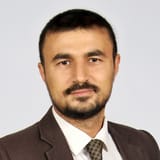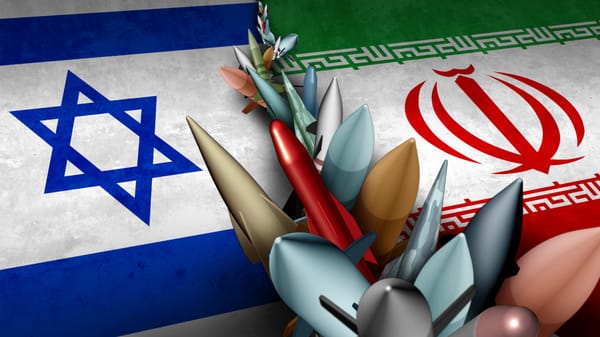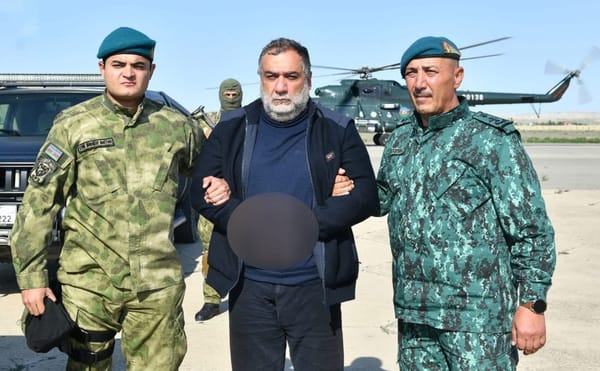Russia and Algeria: The Untapped Reserve of Partnership

Why the trade turnover between Moscow and Algiers falls short of its potential—and what could change the rules of the game
Russia and Algeria are two countries bound by decades of political ties, strategic interests, and mutual respect. One is the largest state in Eurasia, the other is an energy heavyweight in North Africa, strategically positioned in the western Mediterranean. Despite their close political relations, economic cooperation remains underdeveloped. Why is this the case? And what is the real potential of bilateral trade between the two nations?
Since Algeria’s independence in 1962, the Soviet Union and later Russia have maintained strong relations with it, particularly in defense, education, and infrastructure. Yet economic ties have long remained secondary, held back by geopolitical imbalances and an unbalanced trade structure.
Now, in the early 2020s, Russia is reorienting its external trade in response to international sanctions and the need to diversify its partners. Algeria, for its part, is seeking to reduce its reliance on Europe and deepen ties with Eurasia. This makes the strengthening of economic cooperation not only timely, but strategically urgent.
Unrealized Potential
Paradoxically, despite strong political and military ties, trade relations between Russia and Algeria are limited to a narrow range of goods and volatile volumes. In 2020, bilateral trade amounted to approximately $3 billion, but declined in 2021–2022. The reasons include global instability and structural problems on both sides.
Russian exports to Algeria are mainly raw and industrial goods: metals, timber, paper, grain, and chemical products. Algeria’s exports to Russia, in turn, are primarily agricultural, focused on citrus fruits, dates, and olive oil. Essentially, Algeria exports fruit, and receives steel, chemicals, and wheat in return.
This structure makes the trade relationship vulnerable to external shocks—commodity prices, sanctions, or logistics disruptions. More importantly, the current turnover does not reflect the potential of either economy. Both countries have complementary needs: Russia is seeking new markets for goods once destined for the West, and Algeria needs technology and infrastructure modernization. At this intersection lies the “second wind” of bilateral cooperation.
Where Can Growth Happen?
The greatest opportunities for Russia lie in three areas: food exports, industrial goods, and services.
First, Algeria is a growing food importer—especially grain. In 2021, it imported around 1.2 million tons of Russian wheat. This is only a fraction of Algeria’s total needs. With relaxed import rules and open tenders, Russian suppliers now compete favorably against French and Canadian counterparts. Wheat, barley, sunflower oil, powdered milk, and confectionery all present growth opportunities.
Second, Algeria is increasing demand for industrial goods—rebar, steel sheet, fertilizers, and organic chemicals. As Russia redirects exports from Europe to Africa and the Middle East, Algeria emerges as a logical partner amid a construction boom.
Third, services are a largely untapped area—particularly in education and engineering. Russia trains Algerian specialists in energy and defense, and could expand offerings in mining, agriculture, and rail transport. Joint initiatives in education, consulting, and applied sciences may become new pillars of cooperation.
Financial infrastructure also matters. Moving to ruble- or dinar-based payments, joint banking institutions, and risk insurance would support long-term trust and reduce vulnerability to sanctions or currency shocks.
Toward a Balanced Import Structure
Algeria, in turn, has more to offer than just fresh fruit. Opportunities lie in processed food, textiles, chemicals, and energy cooperation.
In agriculture, Algeria could boost exports of juice, jams, and preserved vegetables—especially if veterinary and phytosanitary standards are harmonized. Russian interest in African food products is growing steadily.
Textiles are another frontier: Algerian manufacturers want access to Eastern markets, and the departure of Western brands from Russia opens space for affordable imports—if marketed well and backed by joint ventures.
Energy remains a sensitive but vital dimension. Algeria is a major gas supplier to Europe; Russia has lost ground in this market. While formally competitors, the two countries could coordinate efforts, exchange LNG technologies, or partner in third-country energy projects.
What’s Holding Progress Back?
Despite the promising outlook, four major barriers remain:
- Logistics – Direct maritime links between Russia and Algeria are limited. The absence of regular shipping lines hinders fast delivery and raises costs. Solutions may include new shipping corridors via the Black and Mediterranean Seas.
- Finance and Banking – Algeria is euro- and dollar-oriented; Russia favors ruble or yuan payments. Progress depends on institutional cooperation: mutual licensing, currency swaps, or creation of a bilateral export-import bank.
- Bureaucratic Complexity – Algeria’s tender system is conservative, limiting Russian access. Bilateral government agreements or interagency contracts may help bypass these limitations.
- Geopolitical Sensitivities – Despite warm relations, Algeria views Russia within a larger matrix of influence, including France, Turkey, and China. Overreach could trigger competition, not partnership.
Second Wind or Missed Opportunity?
In a shifting global order—East vs. West, sanctions, reoriented logistics—Russia and Algeria have a rare chance to align their economic paths.
The potential is real and technically achievable. But it demands not just diplomatic goodwill, but proactive coordination—between businesses, ministries, banks, and logistic hubs.
The key lies in institutionalization: a Russian-Algerian trade council, joint logistics hubs, national currency settlements, investment fairs, and tech clusters in food and industry.
If these steps are taken in the next 2–3 years, Russia can solidify its presence in North Africa, and Algeria will gain a strategic ally beyond its traditional European orbit. The flat trade curve may finally rise—sharply and sustainably.





